Apple pie. Pickup trucks. Baseball. Advertising. Take two of these quintessentially American things (the last two to be specific), blend them together onto colorful rectangular pieces of paper designed to resemble late-19th century United States banknotes, add some geography to the mix, and what do you get? An exciting and eccentric exo-numismatic collectible class that has collectors from multiple areas of focus fired up.
It is safe to assume that all bases pertaining to this baseball advertising scrip will be covered here, but before we deliver the first pitch on the specifics, let’s set the stage. By the late 1880s, America was a full generation removed from the end of the deadliest war in its history, and its populace had finally begun to turn the corner from conflict – economically and culturally. The nation was finally on the mend from its bloody bifurcation and coming into its own, for better or for worse. This “Gilded Age” – an era characterized by intense economic growth and rapid population expansion westward – was in full swing.
Despite the presence of newer forms of social inequities and burgeoning wealth gaps and an occasional financial panic, times were still good for many as the new century approached. By 1895, the United States had overtaken Britain in manufacturing output. Invention and innovation led to improved engineering techniques, industrial machinery design, and steel fabrication processes, leading to a surge in the production of consumer goods and services enabled by them. At the same time, per capita income had nearly doubled since the end of the Civil War. Millions of people who were formerly enslaved were now wage earners, and immigration from Europe and elsewhere had reached new heights. Simply put, there were more people with more money looking to buy more products than in any previous era in American history.
Click image to enlarge.
Click image to enlarge.
All the pieces needed for the facilitation of this commerce were falling into place as well. Businesses were able to grow to larger scales and maintain wider geographic footprints thanks to advances made in banking, long-haul transportation (namely railroading), communication, and photography. Chain stores and mail-order catalog companies began to emerge, allowing businesses access to both urban and rural communities alike. If there was ever a time to advertise your budding trade venture to ascending, cash-equipped markets, it was then. But how best to catch a potential customer’s eye?
With peace, stability, and affluence came the desire to be entertained. Horse racing was the largest and most popular sport in the U.S. prior to the Civil War, but most of the prominent (and costly to maintain) racetracks were in the South, which was physically and financially decimated by the war. This allowed some nice room for the entry of the first team sport to be professionalized in the U.S. It would come to be known as “baseball” – a relatively simple yet wildly entertaining sport involving just a few basic pieces of equipment made of wood, rubber, and leather executed on a humble grass field. The National Association of Base Ball Players arose in 1857, and by 1869, the nascent league had its very first professional team: the Cincinnati Red Stockings. Baseball quickly replaced cricket as the national bat-and-ball game; cricket was considered by many to be too British, while baseball, on the contrary, was seen as being more American. And it didn’t take long for it to become the national pastime.
Baseball imagery and the names and likenesses of some of America’s best-known athletes would be a powerful way to attract the attention of well-to-doers and ultimately direct them to the name and nature of your local business and perhaps even incentivize a future purchase by offering a little discount. By placing these baseball-themed designs on paper intended to mimic the circulating currency of the era, the message would be made even more effective by driving up retention rates. Who in their right mind would want to discard such a captivating, clever, and cost-saving keepsake?
Baseball advertising scrip, like most coins and banknotes within the numismatic realm, is best organized and collected by year, although there are plenty of other ways in which they can be sliced and diced by specialists. The known date range for the entire genre is quite limited: 1887 to 1893, with the years 1890 through 1892 conspicuously and wholly absent. Today, only issues from 1887, 1888, 1889, and 1893 are accounted for, spread over three big-city professional baseball teams: the Chicago White Stockings (1887-1889), the Detroit Wolverines (1887-1888), and the St. Louis Browns (1887-1888). The 1893 variety features the best and brightest players of the entire league (referred to as the “all-star” issue) and is not limited to one specific town’s club roster. The reasons for the four-year gap in production as well as the departure from a team focus are not currently known – lost to history, at least for now.
The Chicago White Stockings design presents a portrait of team president, part-owner, and future Baseball Hall-of-Famer Albert Goodwill Spalding on the face at left. Spalding is best recognized today by the sporting goods manufacturing company that bears his last name. Portraits of 12 players aligned in an elliptical shape adorn the back, the most notable of these being first baseman Cap Anson, whose portrait is situated at top center. Anson is another Hall-of-Famer widely regarded as one of the most capable players of the era and perhaps the game’s first real superstar.
The Detroit Wolverines issues feature William Henry Watkins, manager of the team, as well as 12 of its team members on the back, arguably highlighted by Dan Brouthers, a hard-hitting corner infielder and eventual Hall-of-Famer. Wolverines ownership disbanded the team at the conclusion of the 1888 season, and its players were sold off to other teams, so these collectibles are among the absolute last available from this long-extinct sports franchise.
Baseball advertising scrip’s most infrequently encountered team variety belongs to the St. Louis Browns, with only a small handful of advertiser issues known from the 1887 season and only a single example currently known from the 1888 season. A relatively recent discovery tucked in an old book in Oklahoma was offered for sale publicly for the very first time in 2007. Possession of this unique 1888 Browns rarity is what would make a complete set of all eight combinations of seasons and teams technically possible. Perhaps some highly motivated collectors should begin scouring used bookstores throughout the Midwest to procure a second. St. Louis Browns notes display team owner Chris von der Ahe on their face at left along with 10 of their players on the back, accentuated by baseball legend and future Hall-of-Famer Charles Comiskey at top center.
The 1893 “all-star” advertising notes are very rare as well, and along with the extremely scarce National Indian Ball Game issue – a piece worthy of a well-researched feature article all by itself – make up the most prized constituents of any advanced baseball advertising scrip collection.
Merchant types and their physical store locations add deeper dimensions of collecting appeal. Like National banknotes, one of the most celebrated areas in all of numismatics, these advertising scrip notes each hail from a particular city and state. Nearly 100 different merchants have been identified by the current census, with these businesses being located within dozens of towns from sea to shining sea. At last count, 21 states and even a territory – Dakota – saw some level of production and distribution.
Various types of clothiers – be it shirts, pants, shoes, or hats, or all the above – seem to have been the most prolific type of advertiser. Jewelers, tailors, furniture manufacturers, ticket brokers, cigar shops, sporting goods stores, and pharmacies are often seen as well. Some of the more interesting and antiquated merchant types, such as undertakers and horse saddle sellers, draw additional collector interest as they can serve as extra special conversation pieces. Additionally, not all advertising designs were created equal. Some of the merchant names, slogans, and offers were overprinted in bigger, bolder, and more colorful styles than others, making matters even more desirable in certain cases.
Unlike actual paper money, baseball advertising scrip had no inherent value at the time besides being fizzing (19th-century slang for “cool”) and serving as a sort of coupon applied to the final cost of a transaction. So not many were kept. The paper on which it was printed was like that of newspapers – not the high-quality, durable, security paper used for issues of legal-tender banknotes. Therefore, not many were kept in good condition. Examples around today in decent shape can be considered a miracle of survival.
Baseball advertising scrip remains an area of exonumia not yet fully explored. From the technicalities about its production and distribution to an understanding of the exact varietal population still in existence, there is a lot more information to consider and additional data to compile. Supplemental research is needed, and new discoveries are just waiting to happen. The admission of new, eager collectors into the ballpark will certainly open the door for these things to take place.

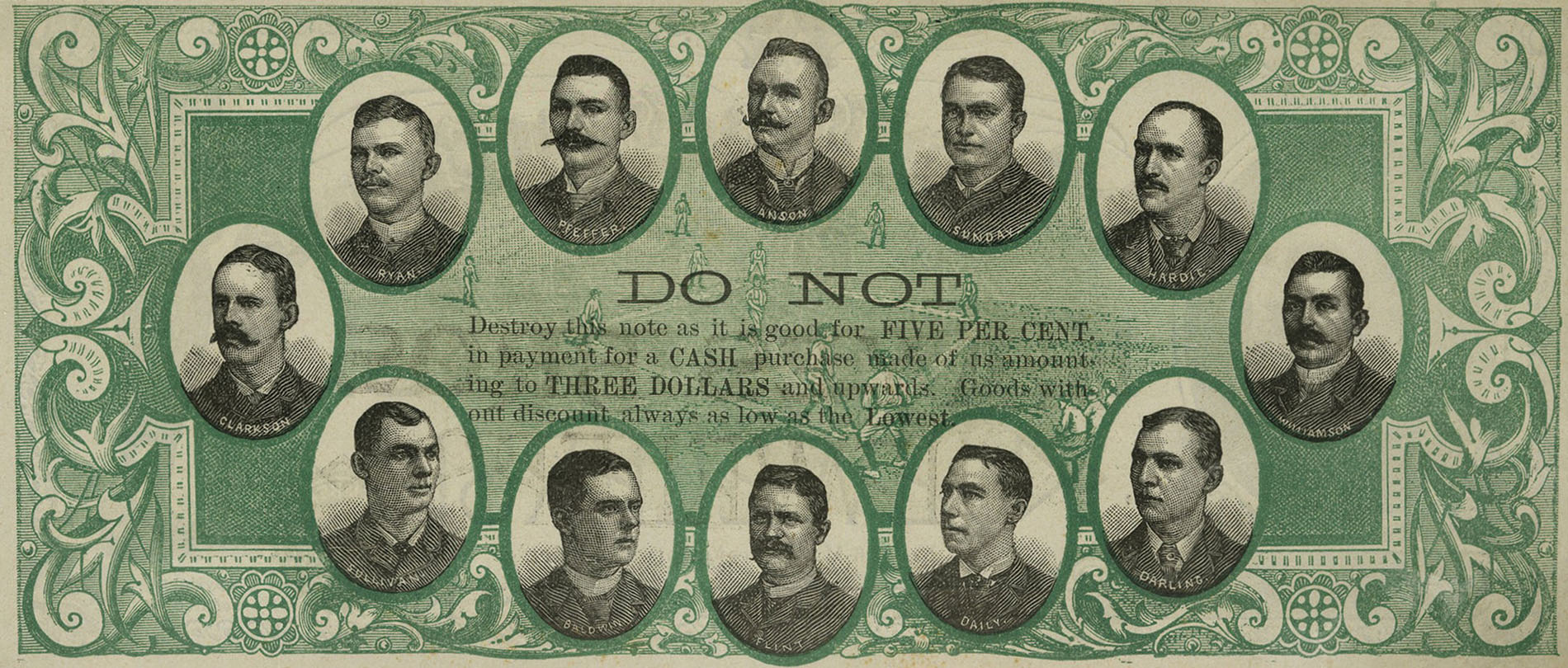

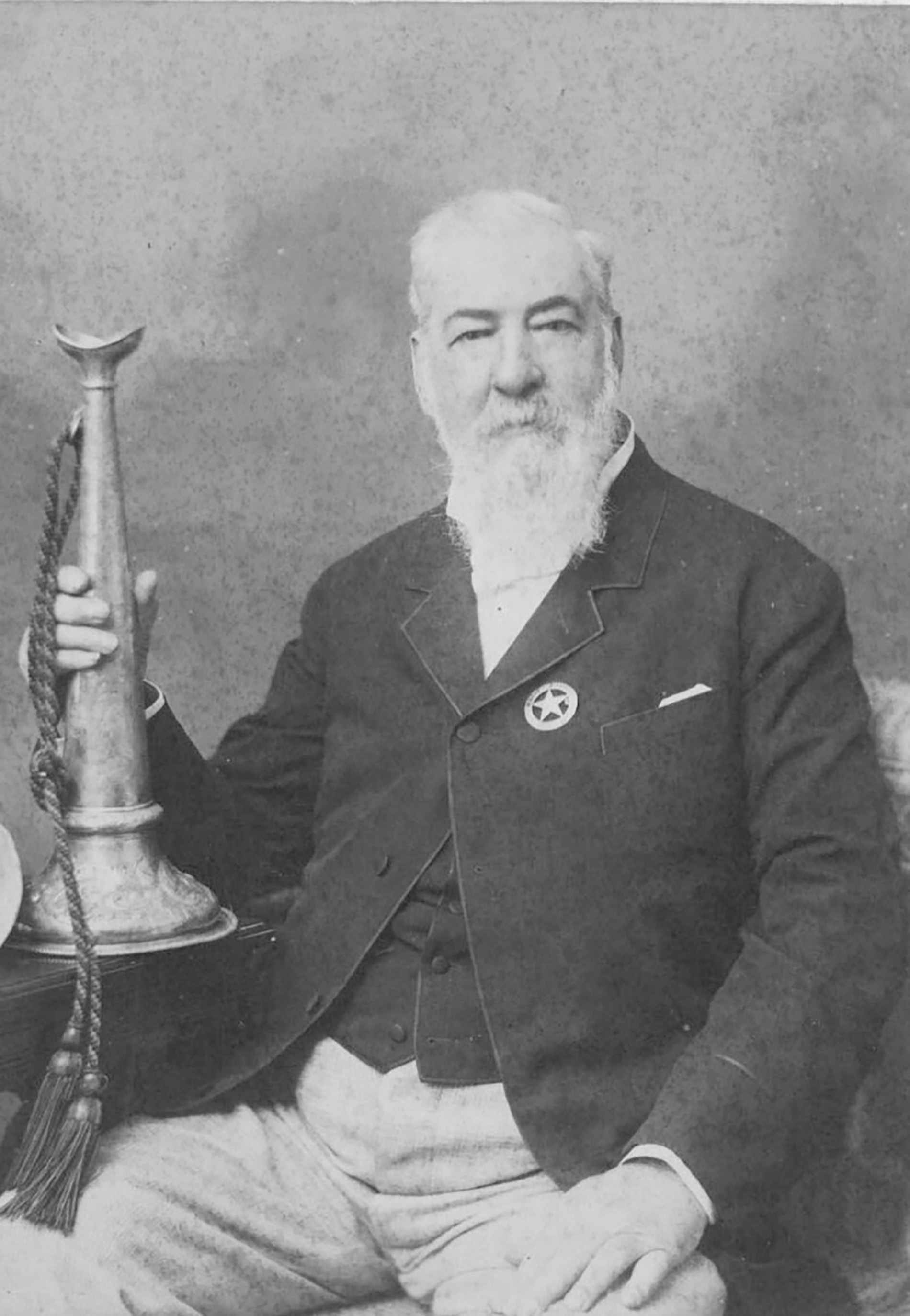





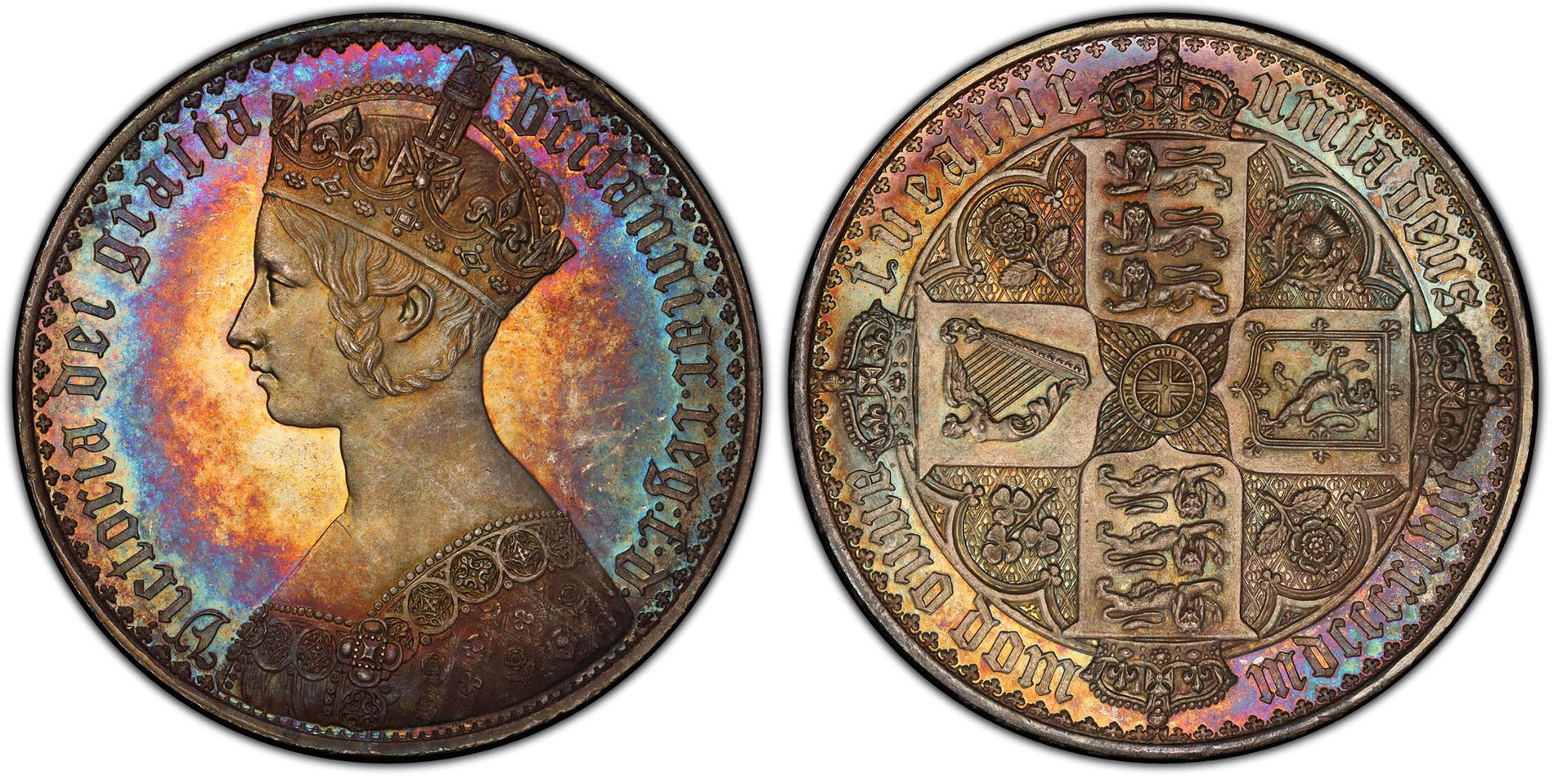


 Copper & Nickel
Copper & Nickel
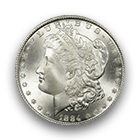 Silver Coins
Silver Coins
 Gold Coins
Gold Coins
 Commemoratives
Commemoratives
 Others
Others
 Bullion
Bullion
 World
World
 Coin Market
Coin Market
 Auctions
Auctions
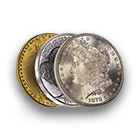 Coin Collecting
Coin Collecting
 PCGS News
PCGS News